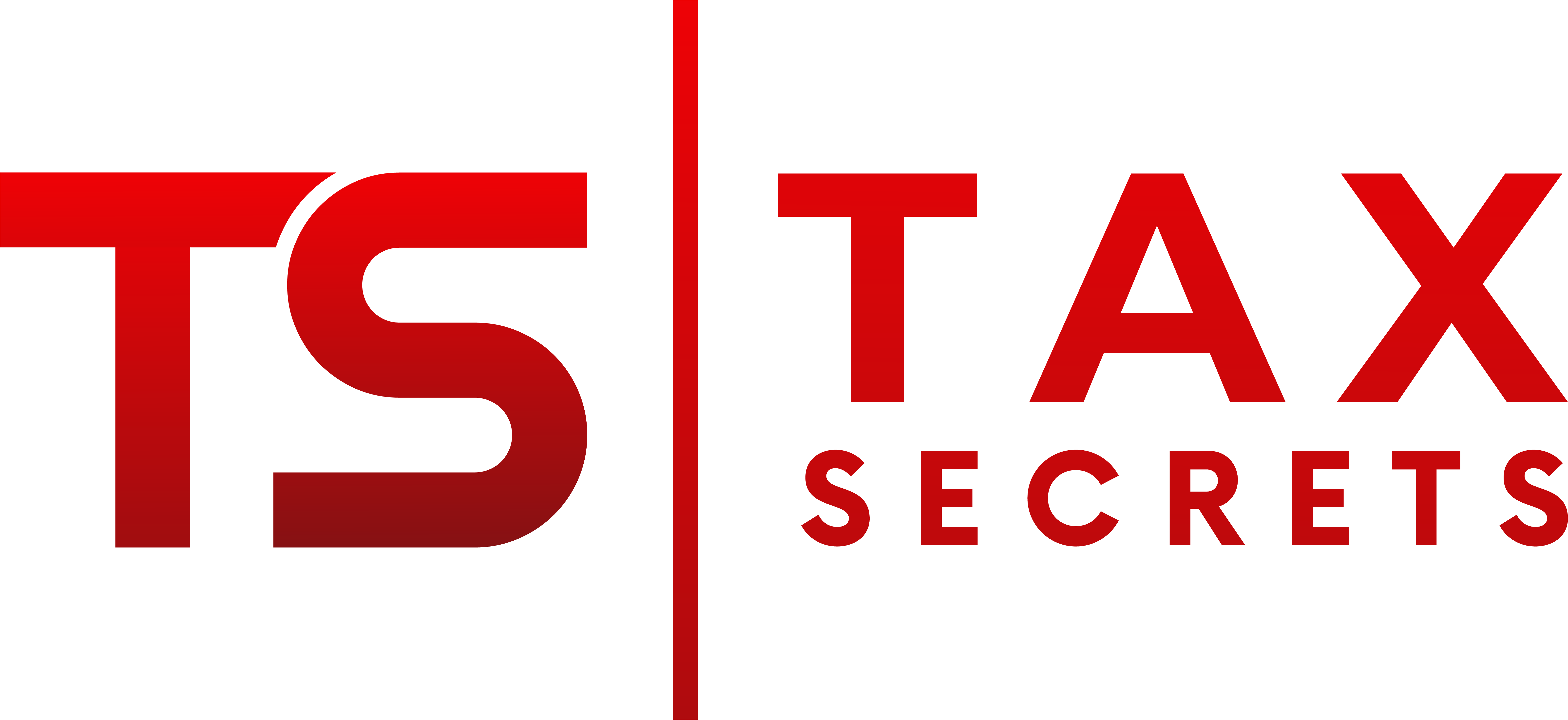Why It’s Never Too Early to Start a Savings Account for Your Children
Parents – especially new ones – are always looking for new ways to improve the lives of their children. Surprisingly, one of the most effective opportunities that people also often overlook has to do with starting a savings account for that child as early as they’re capable of doing so.
On the one hand, no – it’s probably not a good idea to give a young child in particular unrestricted access to a bank account filled with money. But that’s not the topic under discussion. By starting a savings account for your kids early on in their lives, you put things like compounding interest to work for them (and you). Not only that, but you begin to lay the building blocks of a larger financial education that will serve them well for years to come.
The Impact of Compounding Interest
While terms like “compounding interest” may sound complicated, the idea at the heart of them is anything but. It simply means that any investment you make will generate interest, which means that the investment grows over the next period of time.
For the sake of example, let’s say you open a high-yield savings account for your child when they turn 10 years old. You contribute $60 per month like clockwork or about $15 per week. At an interest rate of 1.5% compounded daily, that account will have $6,205 in it by the time the child turns 18 – all thanks to the magic of compounding interest.
Note that if you open that same account up at birth and make those same contributions, that number climbs to $15,085.
Things get even more impressive if you open a dedicated investment account, which typically has an annual return of about 7%. Here, if you’d made that same $60 per month contribution, the child would have $7,829 by the time they turn 18. Open the same account when they’re born and continue to make the same contribution and that number climbs to $26,337. If you fund it even more the growth is substantial.
All this is because of the major benefits that compounding interest brings with it. When your interest earns its own interest, soon the idea of generating a substantial return on your investment becomes something of a self-fulfilling prophecy. At that point, the momentum of the account should motivate you to keep contributing. It will also represent an excellent educational opportunity for your family to show your child just what can happen when they put the money they’re earning to work for them.
It’s About Building a Foundation
Beyond that, it’s always a good idea to open up something like a Roth IRA for your kids – particularly so that they’re able to start saving for retirement as soon as possible. Unlike older adults, in particular, your kids have literally decades for any contributions that they make to grow. Not only do they grow tax-free, but when you hit retirement age, those contributions can also be withdrawn tax and penalty-free as well.
Truly, it’s a great thing that there are no age limits when it comes to custodial Roth IRAs because “there is no time like the present” to get one started. Your kids will need to have their own earned income (so they need to be legal working age) and they have to obey contribution limits, but all of this can help them understand what saving is and why it matters so much.
The best part of all is that with many financial institutions, opening a custodial Roth IRA can take a half hour or less.
Overall, it’s important to think about many of the financial tips, tricks, and best practices you hear about later in life. When adulthood has set in and you’re actively worried about pesky topics like “paying bills” or “saving for retirement,” you typically always hear two key things:
- It’s never too late to start saving for a better future, but
- It’s certainly never too early, either.
Most people get to a point where they wish they’d started saving a bit earlier than they really did and now, by setting up a savings account for your children, you have the opportunity to make sure this isn’t something that they spend time stressing about. At the very least, they’ll have a little extra money stashed away for a proverbial “rainy day” that will help out later on.
But in the best-case scenario, you’ll have started them on a critical path to financial literacy that will give them a better shot at making the best possible decisions when it comes to their financial future. The importance of this simply cannot be overstated, regardless of how old they are.

